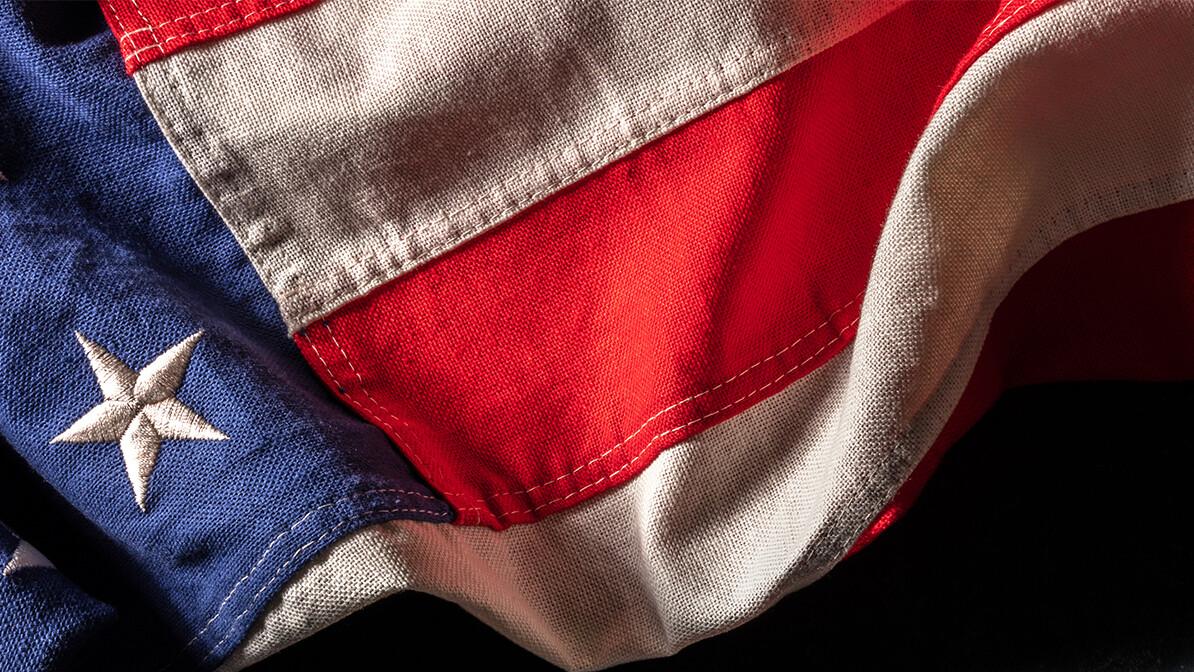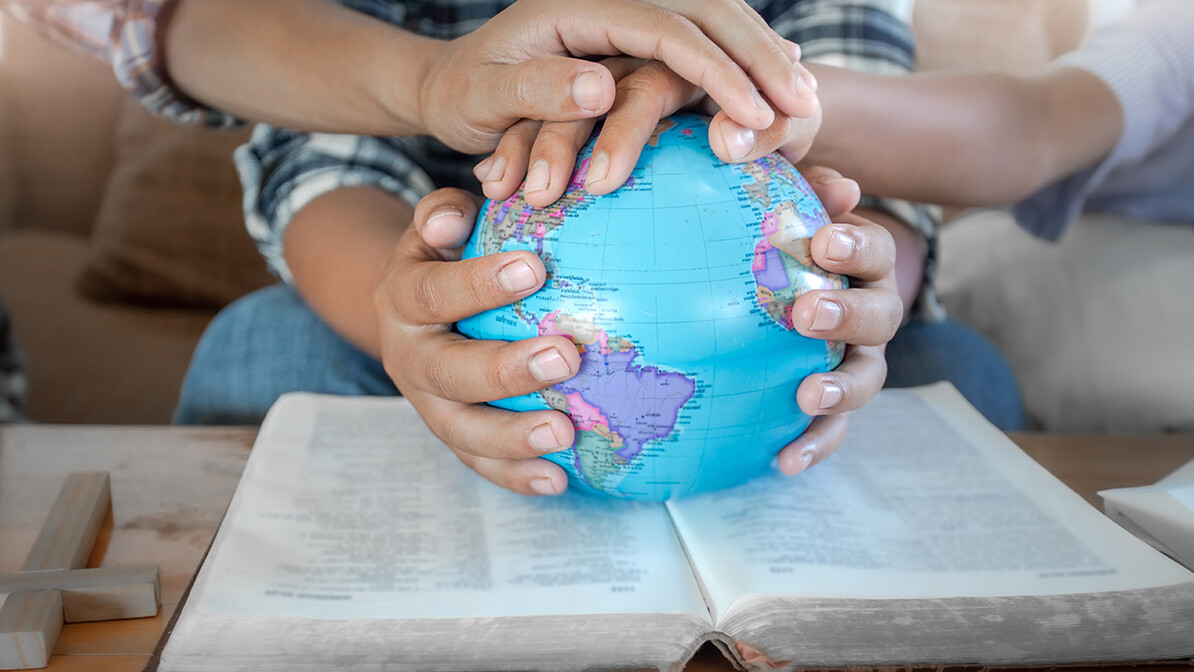Related Articles
Partners for the Great Commission: Activating the Gifts God Placed in You
The Great Commission is one of the most extraordinary invitations God gives His people—an…
Discover Your Purpose in Life on Earth
If you’ve ever asked, “What is God’s purpose for my life?” you’re not alone. Many believers wrestle…
3 Steps to Becoming a Hero of Faith
The Bible tells the stories of dozens of people who seemed unlikely to ever do anything great. Many…
Praying God’s Word
Praying God’s Word is more than a spiritual exercise—it is a transformative practice that deepens…
Next Steps To Strengthen Your Walk
Inspiration Today Newsletter
Supercharge your faith and ignite your spirit. Find hope in God’s word. Receive your Inspiration Today newsletter now!
Christian Articles
Find articles to strengthen your walk and grow your faith. We have a wide range of topics and authors for you.
Submit A Prayer Request
We are here for you. Simply click on the button below to reach us by form, email or phone. Together we will lift our hearts and voices with you in prayer.






